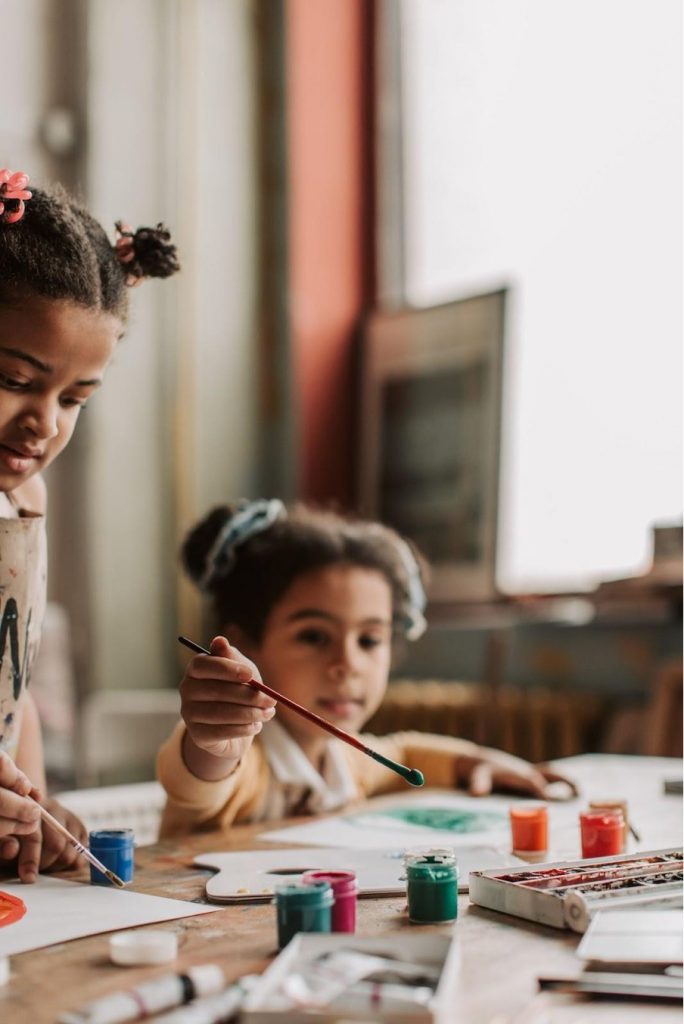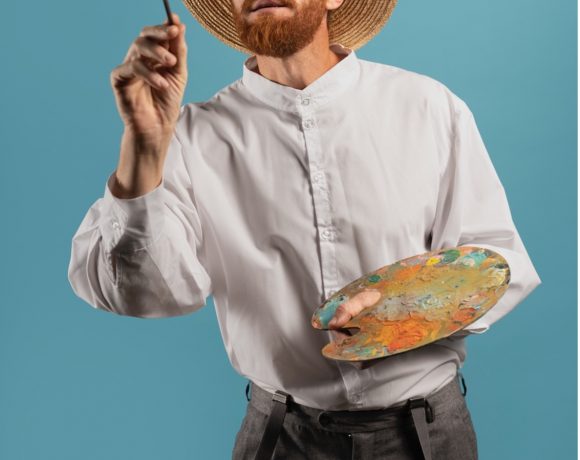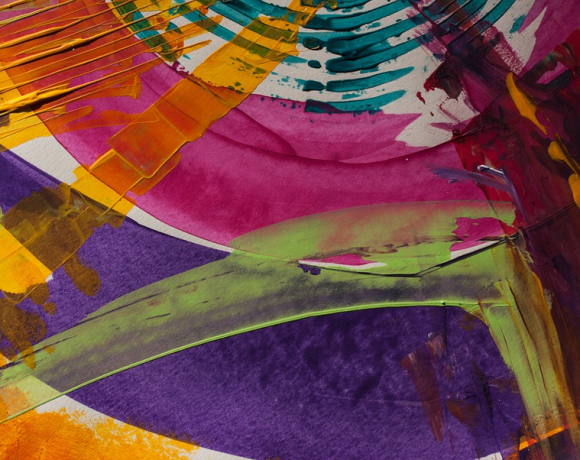Discussions are on going about the importance of art in schools. For children, having the opportunity to develop their creative skills and be part of a common process is one of the key points in all learning.
INCREASED HOURS OF ART IN SCHOOLS CONTRIBUTES TO A CHILD’S FUTURE
In addition to the deep learning of art, the integration of any kind of art-related activity is an extremely necessary endeavor. The importance of art in schools has been demonstrated by scholars who have studied changes in children’s behavior and thinking from the early years of school.
Positive changes in outlook can be observed in those children who have had more hours of classes related to drawing, sculpting clay objects or creating figures from paper. By taking part in an art class in school, the child becomes part of society and discovers new talents.
POSITIVE ASPECTS OF ART THAT PARENTS NEED TO KEEP IN MIND
The school curriculum usually has a certain number of hours during which children have the opportunity to practice the arts. These lessons may vary from school to school. No one can discount the importance of arts education, but it is also worth remembering the importance of increasing this number of hours. We suggest that parents and each of us pay attention to what areas of a child’s present and future life are affected by the arts.
UNLIMITED OPPORTUNITY TO BE CREATIVE
Depending on the teacher, there is an opportunity for children to create art as they see it. Feeling this freedom from the early years in school makes it easier for children to be creative in their adult lives as well. The strong connection between art and creativity has long been proven. Creativity develops when children’s freedom is not limited to one particular adult’s vision. By giving children the opportunity to solve small problems on their own now, the level of creativity can develop unexpectedly and quickly.
THE OPPORTUNITY TO SEE THE WORLD FROM DIFFERENT ANGLES
In addition to the study of the exact sciences, art appreciation should be compulsory because it has a completely different effect on a child’s thinking. In addition to learning important data, a child needs to experience the emotions associated with creating art with his or her own hands.
EMOTIONAL CONNECTION TO THE WORLD
Bright emotions come to children through the use of bright colors. Being able to draw or describe things as the child sees them often helps him or her to see those or other natural phenomena from a different perspective. These emotions are one with the level of creativity. In this aspect, the support of teachers and help with the complex processes involved in art is very important.

AN INTRODUCTION TO THE CONCEPT OF COMPETITION
One of the interesting benefits of art programs in schools is the opportunity for the child to critically evaluate his or her own abilities. While creating an art object, the child is shown personal abilities. When the process takes place alongside other children, there will be a comparison as to how well he or she has done. By noticing that a friend painted used brighter colors, the child will make an effort to improve his or her own creation. In this way, the notion of competition and the understanding that the child can advance their creations is developed.
DEVELOPMENT OF A CRITICAL WAY OF THINKING
This aspect is related to the child’s understanding of the existence of competition. After realizing that someone can do a task better, the child automatically begins to look for ways to achieve his or her goal, namely to make his or her art object even better. In this process, the child will think about what to change or add and what might affect the end result. In the case of a child doing any kind of art on his or her own, this process will most often fade into the background. Without being able to compare, the child will not see a reason to change things.
DEVELOPING COMMUNICATION SKILLS
Some would say that children develop communication skills throughout the learning process regardless of the subjects they are studying. This is actually true. But it is also worth noting that during art classes, children feel a more informal environment. This depends directly on the child’s freedom of action in the moment and their ability to be creative. Many teachers do not forbid children to have conversations during art class. Most of them even organize lessons so that absolutely all children are part of one common process.

IMPROVEMENT OF MOVEMENT COORDINATION
In addition to the moral aspects, practicing any art helps a child develop movement coordination. Not all children instantly learn the precise movements that are important in everyday life. But by holding colored pencils or being able to model figures out of clay, a child teaches themselves how to work with their hands. In schools, teachers take time once every few months to meet with parents to talk about the child’s progress. Discussing the progress of the child’s motor skills is one of the main topics at these meetings.

UNDERSTANDING AND LEARNING ABOUT CULTURE
During art lessons, children become closer to their culture. For example, in some countries, it is traditional to create patterns on fabric with a needle and thread. When the teacher combines hands-on activities with stories about where the tradition came from, the children become closer to their own culture. In every school, we can meet children who come from different cultures. By using art as a tool to explore world cultures, we are teaching our children to be more open-minded. This is one huge reason why should arts be taught in schools from the early years.
THE WAY TO RELEASE EMOTIONS AND STRESS
It’s no secret that children often don’t want to share their problems or personal emotions. By using art and being able to create things as the child sees them, an adult can understand and trace the cause of a child’s anxiety. A teacher who has a trusting relationship with a child can ask the child to express his or her thoughts through a painting. In this case, the child relieves himself or herself of the stress of painting.
THE USE AND EXPLORATION OF NEW TECHNOLOGIES
The more technology develops, the more it is used in the school curriculum. One striking example is virtual reality devices. Their use can be limitless. Children can create virtual pictures, see projections of their movements in digital space, and so on. Such a process is not only boundlessly fun but also allows children to become familiar with the technology. In this way, from the very first years of school, the child will perceive technological progress as something normal and obvious.

THE ARTS ARE AN IMPORTANT PART OF THE LIVES OF CHILDREN AND ADULTS
The therapeutic influence of art on people’s lives has long shown positive progress. Regardless of a child’s thinking, art teaches him or her to be part of society, to perceive competition in an appropriate way, and to solve problems starting with elementary problems. When a teacher gives attention to art lessons, it is also a great chance to find the talent in children and give them the opportunity to develop. That is why it is so important to start practicing any kind of art from the first years of school.
Creating a strong bond between people, art connects the minds and hearts of students. With proper supervision and the use of the right tools, an art teacher can teach a child a dozen things he needs in his future life. Kindness, responsiveness, and the ability to find ways to communicate are often formed in the process of practicing art. This is why the importance of art is so often discussed during curriculum development between teachers and parents.
About the Author: Olivia Hungtington is a professional digital marketer and content creator for https://jatapp.com/ IT company. Olivia also has years of experience in blogging and writes about marketing, technology, app development, culture, and more.









NO COMMENT